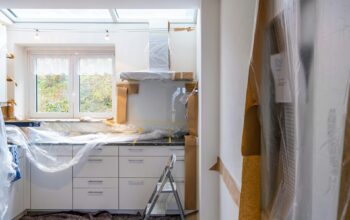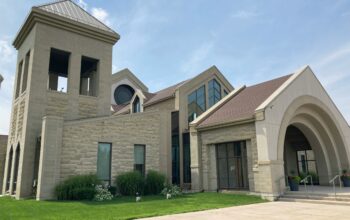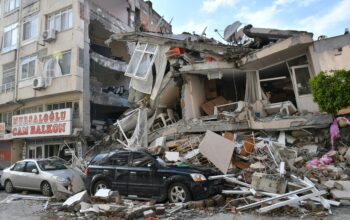Uzone.id — As technology advances, simulation software has become essential in many industries, including the construction and building industry. Computer simulation enables engineers, architects, and designers to analyze and design buildings efficiently before construction starts. Using simulation software to analyze building performance offers many advantages, such as energy efficiency to reduce long-term maintenance costs. Moreover, it enables the identification of potential design flaws early in the process, reducing the likelihood of costly adjustments during construction.
What is Building Simulation?
Building simulation software models analyze and predict a building’s behavior under various conditions. Professionals can use simulation to evaluate multiple factors, including energy performance, temperature distribution, ventilation, natural lighting, and structure response to earthquakes or other external loads. Additionally, it allows for the testing of alternative design scenarios, giving designers the flexibility to make informed decisions that balance cost, efficiency, and safety.
Building simulation uses building physical data, climate parameters, and operational conditions to produce accurate pictures of how the building will behave in the real world. Thus, simulation software helps decision-makers create smarter and more environmentally friendly designs. It also supports compliance with regulatory standards for sustainability, ensuring buildings meet green certification requirements.
Energy Performance and Cost Savings
Building energy efficiency is one of the most crucial areas that can be analyzed with simulation.
“Energy simulation enables us to identify energy saving potential in building design before the construction,” said Dr.Ahmad Hadi – Building energy specialist. Using simulation software, designers could predict the energy consumption for heaters, coolers, and lighting based on the building design and local climate conditions. It allows us to use cost-saving energy technology, such as optimal thermal isolation or efficient HVAC systems. Furthermore, simulations can guide the integration of renewable energy sources, like solar panels, into the building design, ensuring maximum energy self-sufficiency.
In addition, the simulation could help us choose the most energy-efficient building materials, such as glass with high thermal insulation or environmentally friendly building materials. Using simulation software could also reduce long-term operational costs, offering significant savings on energy bills while promoting sustainable building practices. This reduction in operating costs can lead to better long-term returns on investment for developers and building owners.
Ventilation and Indoor Air Quality Analysis
Besides energy efficiency, indoor air quality also plays an important role, which can be analyzed through simulation software. Using a proper ventilation system is very important to maintaining the comfort and health of building occupants. Airflow and ventilation simulations can help designers plan the appropriate ventilation system to keep the air fresh and air circulation running well.
Natural Lighting Simulation and Electrical Energy Savings
Natural light is another important consideration in sustainable building design. Designers can use simulation software to examine the distribution of natural light within a building, predict the quantity of light entering space during the day, and develop design solutions to maximize natural lighting while avoiding overheating.
Building Structural Performance and Safety Assessment
Aside from functional elements such as energy and comfort, simulation software can examine building structural performance and safety. For example, earthquake load modeling can determine how well a building can endure seismic shocks and other high stresses. This is critical for ensuring the safety of building residents, particularly in places prone to natural calamities.
Simulation can also be used to analyze the building’s structural performance relative to various loads, including strong winds, snow, or loads resulting from intensive use by building occupants.
Using simulation software to analyze building performance has many benefits, such as energy efficiency and improving residents’ quality of life. With simulation, the designer could optimize various aspects of the building before construction to reduce cost, minimize environmental impact, and increase the safety of the building itself.














